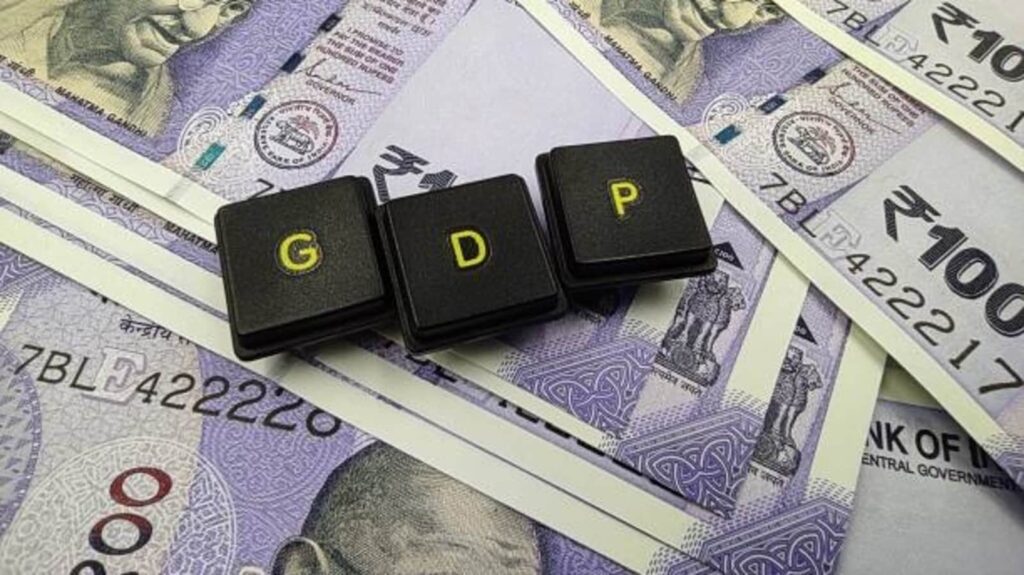The Indian economy has surprised even the most optimistic analysts this year. GDP growth of 7.3% in 2023-24, as per the first advance estimates released by the National Statistical Office last week, is a full percentage point higher than IMF’s projections, 30 basis points higher than that of the RBI and more than almost every credible private forecaster’s estimates. What is one to make of this number?
The overall economic momentum, notwithstanding the right caveats about some amount of statistical boost in the headline GDP growth number owing to deflation-related issues, continues to remain healthy. This is good news for the government in an election year. Not all of it is good fortune. The economic policy establishment deserves credit for its management in the aftermath of back-to-back disruptions of the Covid-19 pandemic, the war in Europe, and the inflation spike in advanced countries.
Like with all policy strategies, this one has also had its trade-offs. India’s decision to focus on monetary rather than fiscal support (other than in the case of absolutely essential items) in the aftermath of the pandemic and the government’s aggressive food price management strategy in the recent past have helped contain a prolonged inflationary spike. But a tepid private final consumption expenditure growth, negative consumer sentiment, and growth in unpaid jobs being a major driver of improvement in headline employment numbers show that the “have-nots” in the Indian economy have paid a disproportionate price for maintaining economic stability. Sure, targeted welfare transfers and political competition to deliver them have ensured that there is no humanitarian crisis or a collapse in consumption, but unless the mass demand engine starts firing again, sustained high growth is not something that can be taken for granted.
This is what leads to the most important question. A capital spending push by the central government has played a major role in supporting overall GDP growth. Some of this push has been achieved at the cost of cutting revenue expenditure. Should the government continue to follow this trajectory or shift to supporting mass consumption instead of capital spending? Doing both is unlikely to be a feasible option given the fiscal consolidation pressures facing the government. The resolution of this question will depend on politics rather than economics, more so in an election year.
Continue reading with HT Premium Subscription
Daily E Paper I Premium Articles I Brunch E Magazine I Daily Infographics


